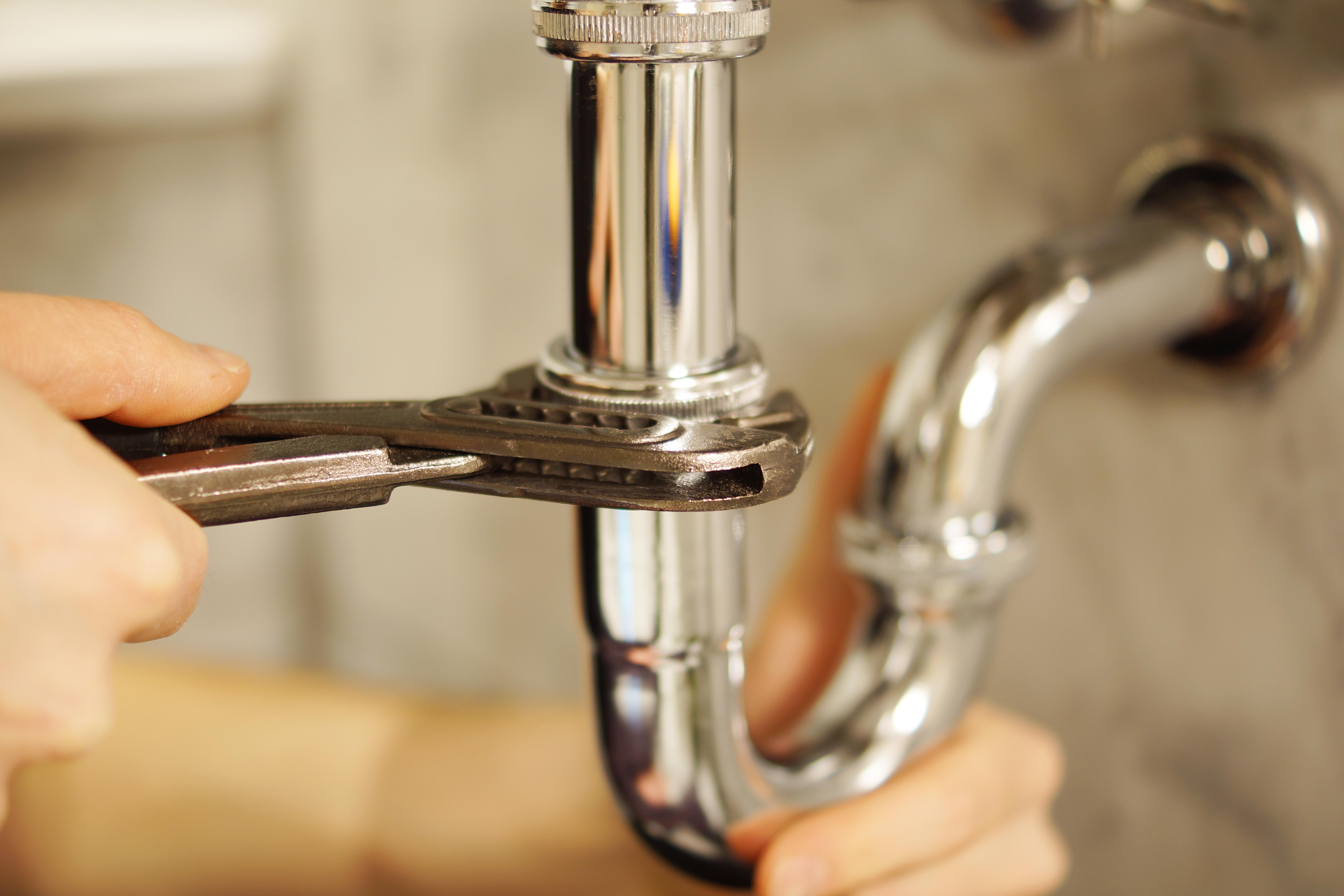Best Practices for Strapping Your Baby Securely in Their Car Seat for Every Journey
Ensuring your baby's safety during car rides is a top priority for every parent. One of the most crucial aspects of car safety is properly strapping your baby into their car seat. Here are best practices that will help you secure your little one correctly for every journey.
1. Choose the Right Car Seat for Your Baby
Before you even think about strapping your baby in, it’s essential to have the right car seat for their age, weight, and height. There are several types of baby car seat available:
-
Infant Car Seats: These are designed for newborns and small infants, typically rear-facing, and come with a carrying handle.
-
Convertible Car Seats: These can be used as both rear-facing for infants and forward-facing for toddlers as they grow.
-
Booster Seats: Designed for older children, booster seats elevate the child so that the car’s seat belt fits correctly.
Ensure you follow the manufacturer’s guidelines regarding age and weight limits to keep your baby safe.
2. Read the Car Seat Manual
Each car seat model comes with a manual that outlines its specific features and installation instructions. Take the time to read and understand this manual. It will provide you with vital information on:
-
Installation: How to install the seat correctly in your vehicle, whether using a seat belt or ISOFIX anchors.
-
Harness System: Instructions on how to adjust the harness straps for a secure fit.
Familiarizing yourself with the manual helps ensure that you are using the car seat as intended.
3. Ensure Proper Positioning
The positioning of the car seat is crucial for safety:
-
Rear-Facing Position: For infants and young toddlers, the car seat should be in the rear-facing position until they reach the maximum height and weight limits. This position provides optimal protection for the head, neck, and spine.
-
Back Seat Placement: Always place the car seat in the back seat of your vehicle, as it is the safest position during a crash.
4. Correctly Adjust the Harness Straps
When strapping your baby into their car seat, follow these steps to ensure the harness is adjusted correctly:
-
Loosen the Straps: Before placing your baby in the seat, loosen the harness straps to make it easier to position your child.
-
Position the Child: Place your baby in the car seat, ensuring their back is flat against the seat and their bottom is all the way back in the seat.
-
Buckle Up: Bring the harness straps over your baby's shoulders and buckle the clasp. Make sure that the straps are not twisted.
-
Adjust the Harness: Tighten the straps until they are snug. You should be able to fit only one finger between the straps and your baby’s collarbone. The harness should lie flat against the chest without any slack.
5. Use the Chest Clip Properly
The chest clip is a crucial component of the car seat harness:
-
Position the Clip: The chest clip should be positioned at armpit level. This helps keep the straps properly positioned on your baby’s shoulders and reduces the risk of them slipping out of the harness.
-
Check for Tightness: After adjusting the harness, check to ensure that the chest clip is secure and that the straps are snug.
6. Monitor Your Baby’s Growth
As your baby grows, it’s essential to monitor their growth and adjust the car seat accordingly:
-
Adjust the Harness Height: Most car seats have adjustable harness heights. As your baby grows, raise the harness straps to ensure they are always positioned correctly at or just above your baby’s shoulders when using a forward-facing seat.
-
Switching Car Seats: When your child outgrows their current car seat (either by weight or height), it’s time to switch to a larger car seat. Make sure to follow safety guidelines regarding when to transition from rear-facing to forward-facing and eventually to a booster seat.
7. Stay Calm and Consistent
Lastly, it’s important to remain calm and consistent when strapping your baby in for car rides. Babies can often fuss or resist being placed in their car seat. Here are a few tips to make the process smoother:
-
Create a Routine: Establish a routine for getting in the car that includes calming techniques, such as singing or playing soothing music.
-
Be Patient: Take your time when strapping your baby in, and always reassure them with a calm voice.
Conclusion
Strapping your baby securely in their baby car seat is a fundamental aspect of ensuring their safety during car journeys. By choosing the right car seat, reading the manual, ensuring proper positioning, adjusting harness straps and chest clips, and monitoring your baby’s growth, you can provide a secure and comfortable environment for your child. Remember, consistency and patience go a long way in making car travel a safe and pleasant experience for both you and your baby. Safe travels!






